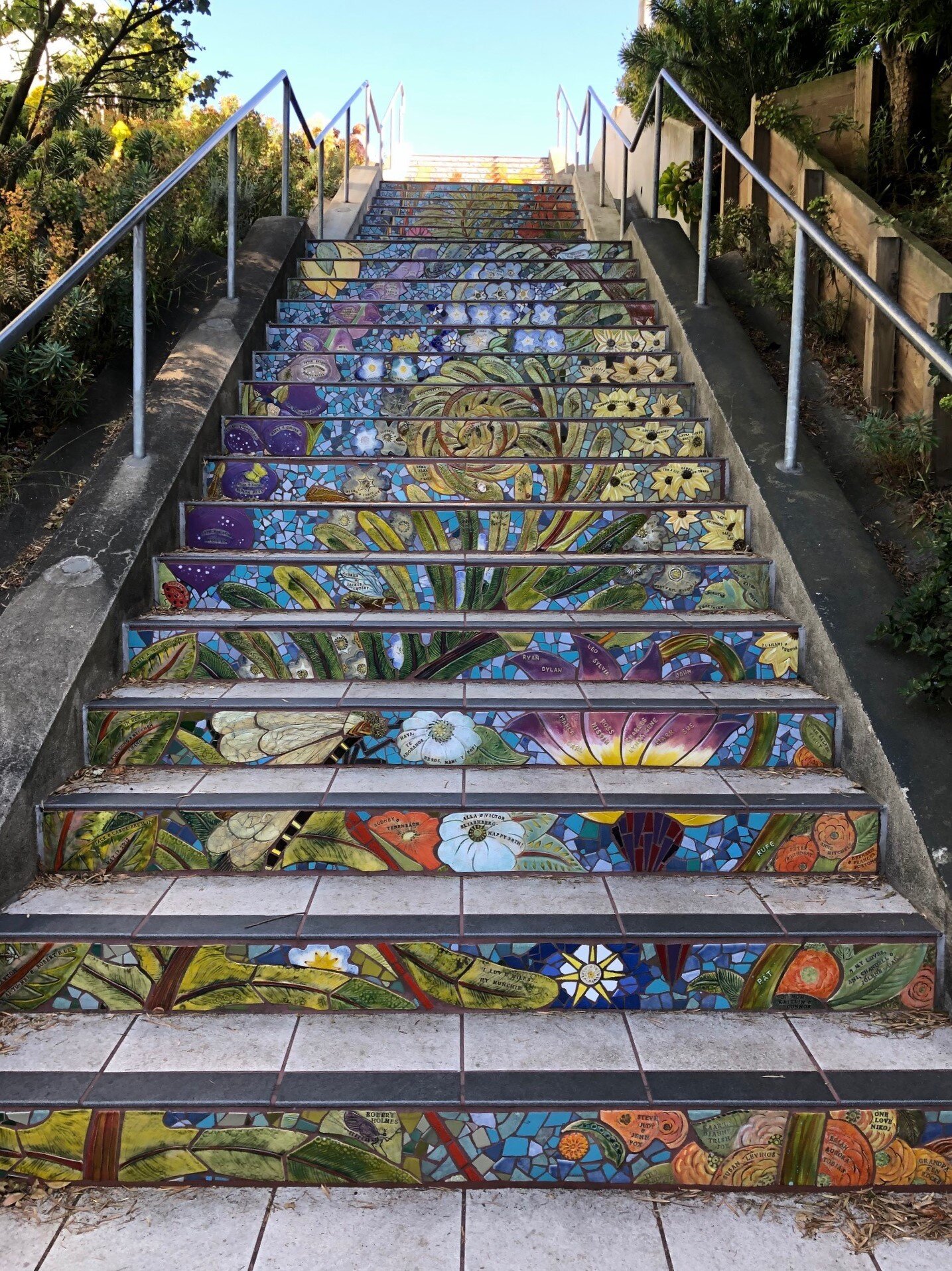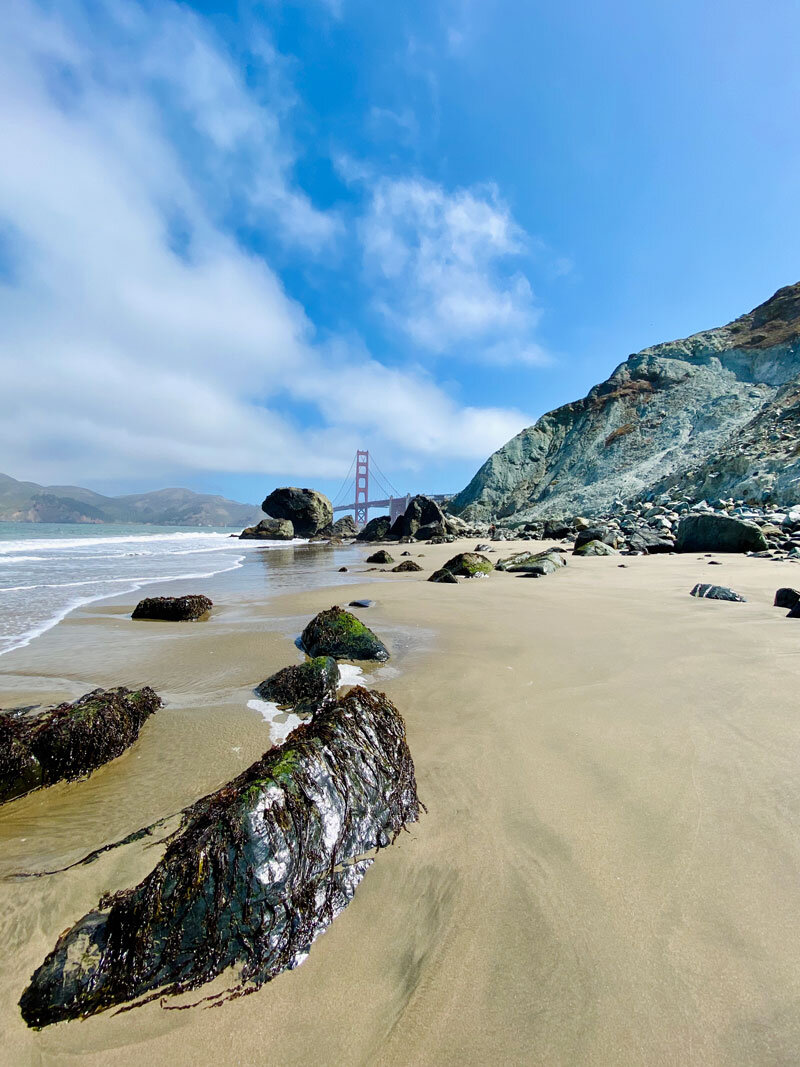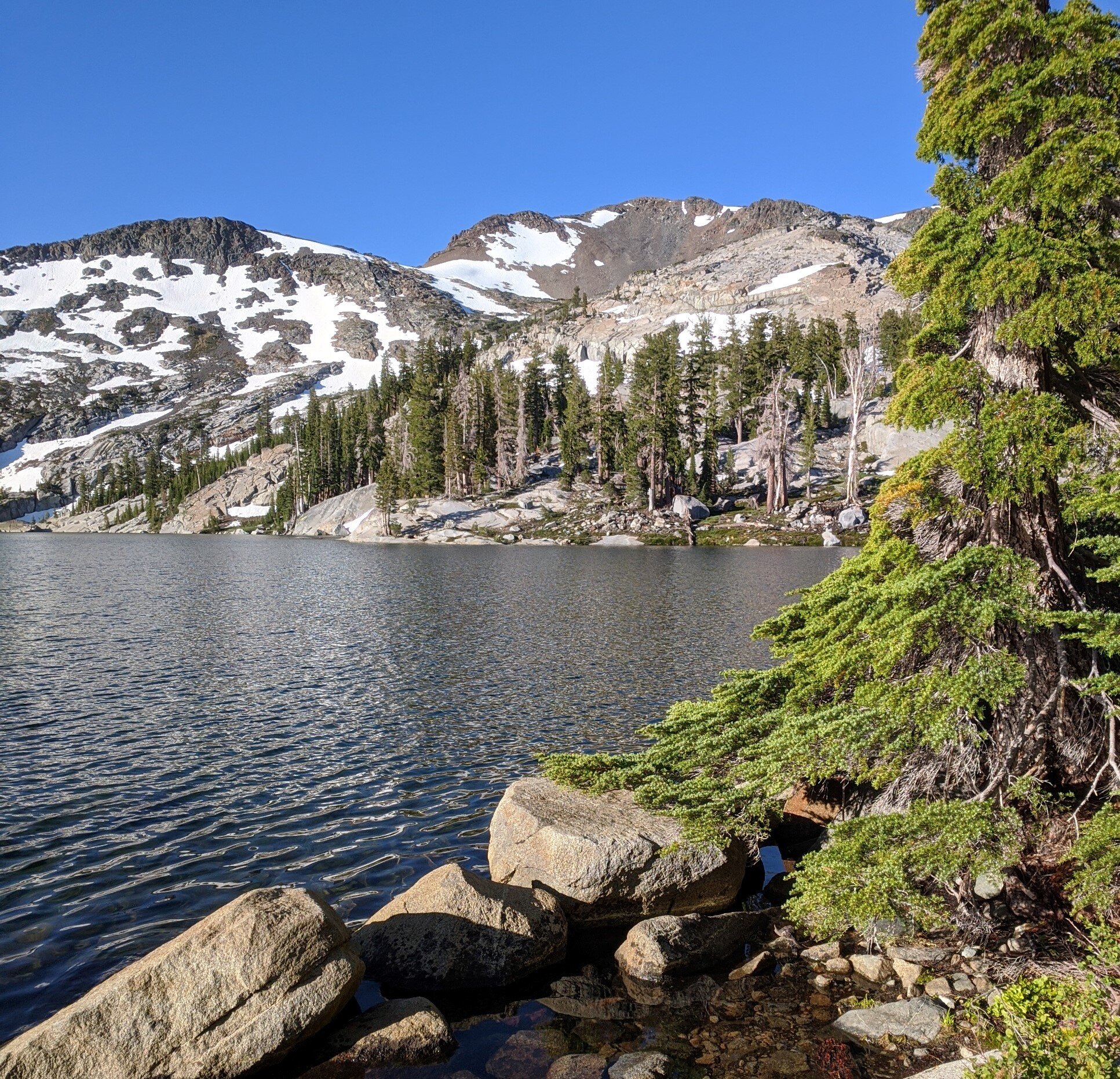There are people who have always worked remotely and others who are discovering it now, during the pandemic. After overcoming the initial disorientation, smart working can be extremely productive. The question is is it that easy to work from home?
Yes, only if you choose the right "colleagues". Not real teammates to do meetings and coffee breaks with, but the very performing accessories that will make you feel in a perfectly soundproofed office even if you are actually at home.
Habits, equipment, comfort, are factors that positively or negatively affect productivity. So as mentioned above there is an absolutely need for specific gadgets that will help us work smoothly when we are in places other than our office.
To make the work experience even more pleasant we suggest a series of gadgets that will simplify your life, because they definitely did that for us!
Portable Monitor
It’s nice when they can be packed away at the end of the work week and is about the same size as the laptop. It’s also convenient if you’d like to work remotely from different locations without worrying about packing the large stand alone monitor. And the best part is, there’s only one wire to worry about!
barking and walking blue dog
This gadget is essential to entertain our little ones, especially during important meetings. It barks, it walks and little kids have a lot of fun chasing it around!
Laptop stand and keyboard
A great discovery made while working at home is to raise the laptop on an angled stand and connect with an external keyboard and mouse. Not only does this better replicate the desktop setup, but it brings aligns the laptop screen with the larger main screen so that cursor movement across the screens is more natural and easier to follow visually.
pods extenders
If you are looking into having a strong wi-fi signal reaching everywhere in the house, wi-fi pods extenders is what you need!
Bluetooth speakers
Great to enjoy music and nature sounds to work (and occasionally nap) by.
Dyson Fan
Purifying fans that clean an entire room properly, they capture ultrafine pollutants; and project cleaner air around the room. A real treat to cool your room and purify the air at the same time, an essential gadget for these warm days.
Blue light glasses
Blue light glasses are designed to filter out the blue light emitted by screens. The lenses protect your eyes from glare and can help reduce potential damage to your retina from prolonged exposure to blue light, such as the screen of a laptop.
LED Ring Light
Many of us are now working from home and when taking part in meetings and even attending job interviews via video conferencing apps like Zoom and Skype, ring lights turn dim makeshift office spaces into professional-looking work environments – making you look your best, rather than dialing in from what looks like a darkened closet!
trampoline
Trampoline jumping is more than a fun way to play or exercise -- it provides multiple health benefits that promote mental and physical well-being. Jumping on a trampoline exercises the whole body and it also has the added benefit of improving agility and balance!
Ergonomic Cushion
If you're not feeling purchasing a state-of-the-art desk chair, grab an ergonomic cushion instead. It won't look as nice as some Dutch-designed masterpiece, but it will help the posture while seating down for many hours.






























































































